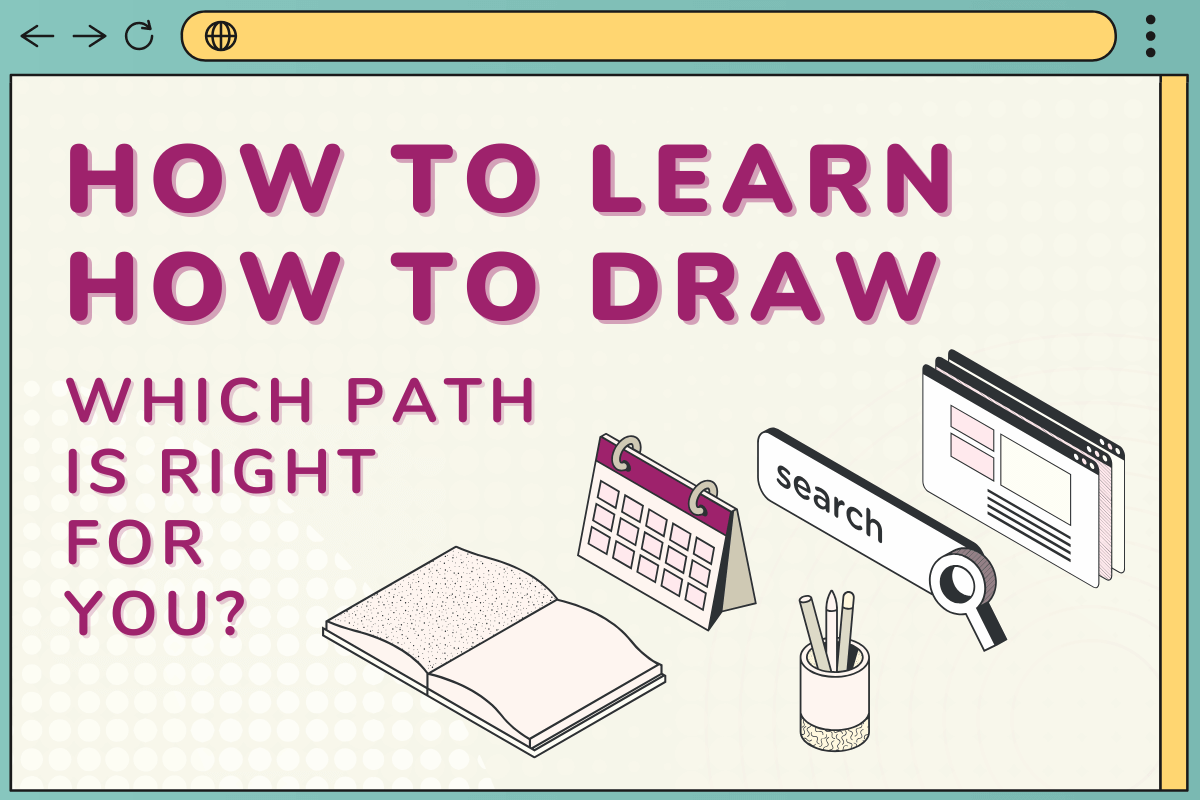
If you've ever found yourself staring at a blank sketchbook (or for most of our readers, a blank Procreate canvas) thinking, I really want to learn how to draw... but where do I even start? Know that you're not alone. Every single artist must have gone through the same thought process as you at some point in their journey. Drawing is a wonderful skill but learning how to do it can feel overwhelming when there are so many ways to approach it.
So now the age-old question: what’s the best way to learn?
The truth is… it depends.
Luckily, we live in a time with more options than ever. From YouTube rabbit holes to art school degrees, local art studios to online courses, the learning landscape is diverse. With all these options available to us, it can get overwhelming rather quickly and it’s easy to get into a state of analysis paralysis-- where overthinking and over-analyzing a situation or choices prevents you from making a decision in the first place. However, not all paths are equal and depending on your goals, budget, and lifestyle, some may work much better for you than others.
In this blog, we’ll break down some of the most popular ways to learn drawing. We'll compare their costs, convenience, time investment, and overall effectiveness to hopefully help you choose which one fits your learning style the best.
1. Learning with YouTube
💸 Price: Free
🕒 Convenience: Very high – available 24/7
📈 Time Investment: Varies, but often unfocused
📚 Structure: Depends but little to none – entirely self-directed
🎯 Best For: Beginners browsing styles or learning specific techniques
YouTube is the go-to platform for so many aspiring artists, and for good reason—it’s completely free and absolutely packed with drawing tutorials. If you’re just getting started and want to dip your toes in the water, it’s a fantastic place to explore. You can type in almost anything, from "how to draw a cute cat," to "realistic eyes tutorial," to "Procreate floral brushes" and you’ll get instant access to hundreds of videos.
The convenience is unbeatable. Want to draw at midnight in your pajamas? Done. Curious about a super niche style you saw in passing? There’s a video for it. YouTube lets you explore at your own pace, on your own schedule.
But here's the catch: there's no real roadmap. With almost unlimited videos to choose from, you're jumping between creators, styles, skill levels, and sometimes conflicting advice. Over time, you end up with a playlist full of saved videos, a sketchbook full of half-started pieces and no real sense of progress.
If you're a curious, independent learner who likes to explore organically, YouTube can be a fun, low-pressure place to start. But if you're looking for structured growth or want to build foundational skills with some kind of order, you might find yourself frustrated by the randomness.
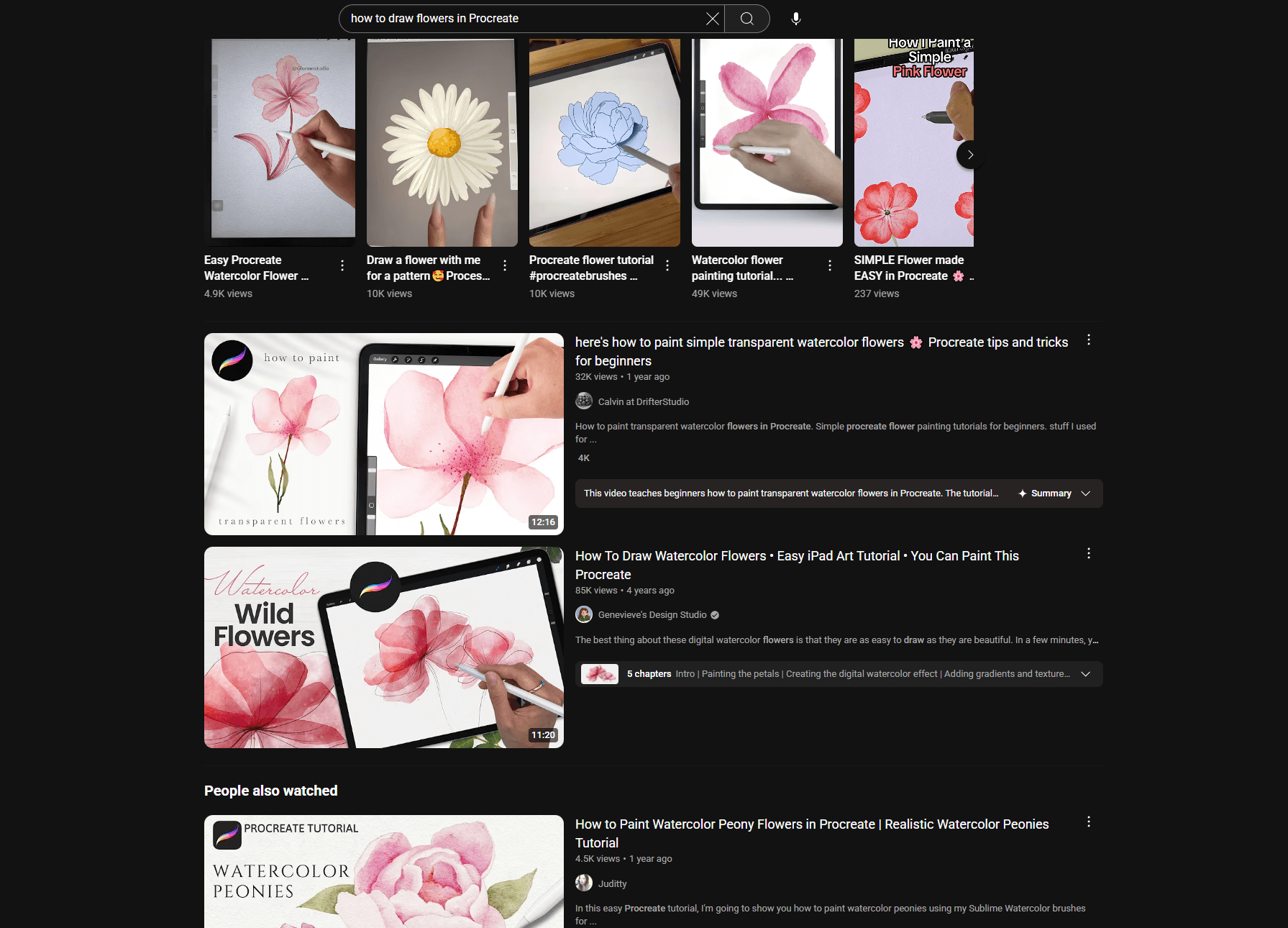
Tip: If you choose YouTube, make a playlist of curated videos from 1–2 instructors you enjoy to keep your learning consistent.
2. Going to Art School
💸 Price: $$$$ (Thousands per semester or year)
🕒 Convenience: Low – requires full-time commitment
📈 Time Investment: High – 2 to 4+ years
📚 Structure: Very structured – curriculum, assignments, deadlines
🎯 Best For: Aspiring professionals pursuing careers in art or design
Art school is the classic path. Think of it as the all-in route—you're not just learning to draw, you're committing to an entire education in visual arts. This is where you'll learn anatomy, perspective, color theory, composition, history, and design principles in a focused environment.
You're surrounded by other creatives, immersed in art, and guided by instructors who push you to think critically about your work. There’s studio time, critiques, deadlines, and often access to professional tools or exhibitions. If you want to become a professional artist, illustrator, designer, or animator, art school offers an unmatched foundation.
But it’s a serious investment. Financially, it's often tens of thousands of dollars. It’s also a time commitment ranging from two to four years of full-time study. And let’s be honest, not everyone has the time, resources, or desire to quit their job or life to return to school.
Art school is immersive and rigorous. If you're passionate about art as a career, it can be life-changing. But for many hobbyists or part-time creatives, it's not always practical.
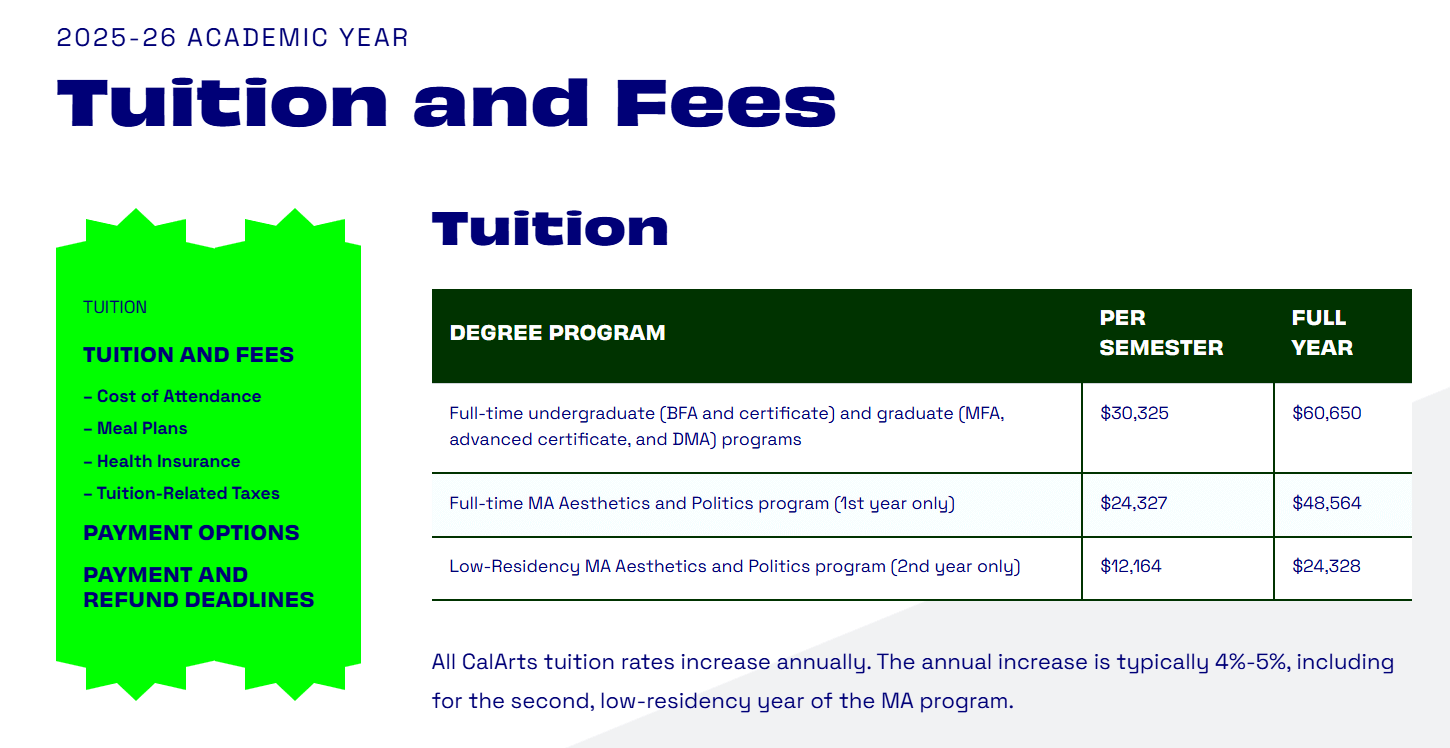
3. Attending Local Art Classes
💸 Price: $$ – Usually affordable
🕒 Convenience: Medium – fixed schedule, local travel required
📈 Time Investment: Low to moderate – weekly or bi-weekly
📚 Structure: Moderate – guided, but shorter format
🎯 Best For: Hobbyists who value in-person feedback and accountability
Local classes are a great way to learn in a supportive environment. These classes are often offered by community centers, adult education programs, or small studios, and they’re perfect for those who want structure without going back to school.
Most classes meet once a week, which makes them manageable for busy schedules. You’ll likely get feedback in real-time, see how others approach the same project, and improve faster through hands-on instruction. For many people, the social element is a huge plus because it keeps you motivated and gives you a place to share progress.
That said, these classes are often focused on traditional mediums (graphite, watercolor, pastels, pottery) rather than digital. Of course, some skills will be transferable through different mediums but if your heart is set on learning Procreate or digital illustration, you might have to get creative or work on your iPad while following along with traditional techniques. Additionally, depending on your location and the art culture near you, it might be challenging to find places that offer these in the first place.
Cost-wise, they’re usually affordable, especially compared to art school, but you do need to factor in the time and transportation.
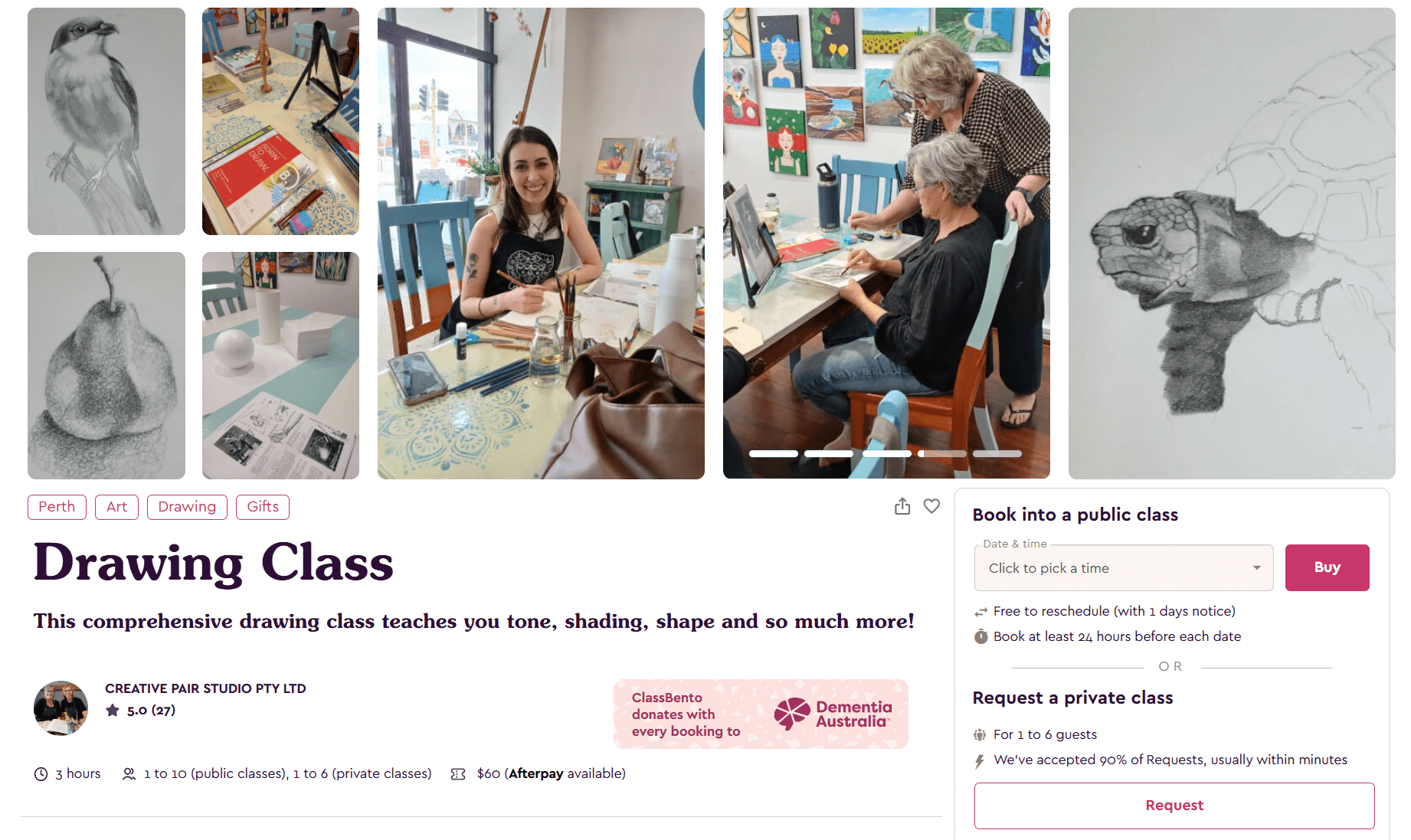
4. Online Platforms Like Skillshare or Domestika
💸 Price: $ – Monthly fee (or one-time class purchase)
🕒 Convenience: High – learn at your pace, from anywhere
📈 Time Investment: Medium – courses range from 30 mins to a few hours
📚 Structure: Varies – often short, project-based
🎯 Best For: Independent learners who want guidance but don’t need coaching
If you're looking for structure, but don't want to commit to a degree or physical class, online platforms like Skillshare, Domestika, and Udemy are great middle-ground options. These platforms offer classes from professional artists across a variety of styles, tools, and techniques.
What’s really helpful here is that you can learn step-by-step with video lessons. Many courses include worksheets, project files, or even community feedback sections. They’re often beautifully produced, and some creators have whole series of classes that build on each other.
However, just like in Youtube, the sheer volume of courses can be overwhelming. Feedback and support are often minimal. You might start one class, get halfway through, then jump to another. Without a clear roadmap or commitment, it’s easy to fall into a pattern of collecting courses without finishing them or applying what you’ve learned in your own art.
That said, these platforms are much more budget-friendly than formal schooling. Skillshare, for example, uses a monthly subscription model, while Domestika offers a subscription as well as individual classes at affordable prices (often with lifetime access).
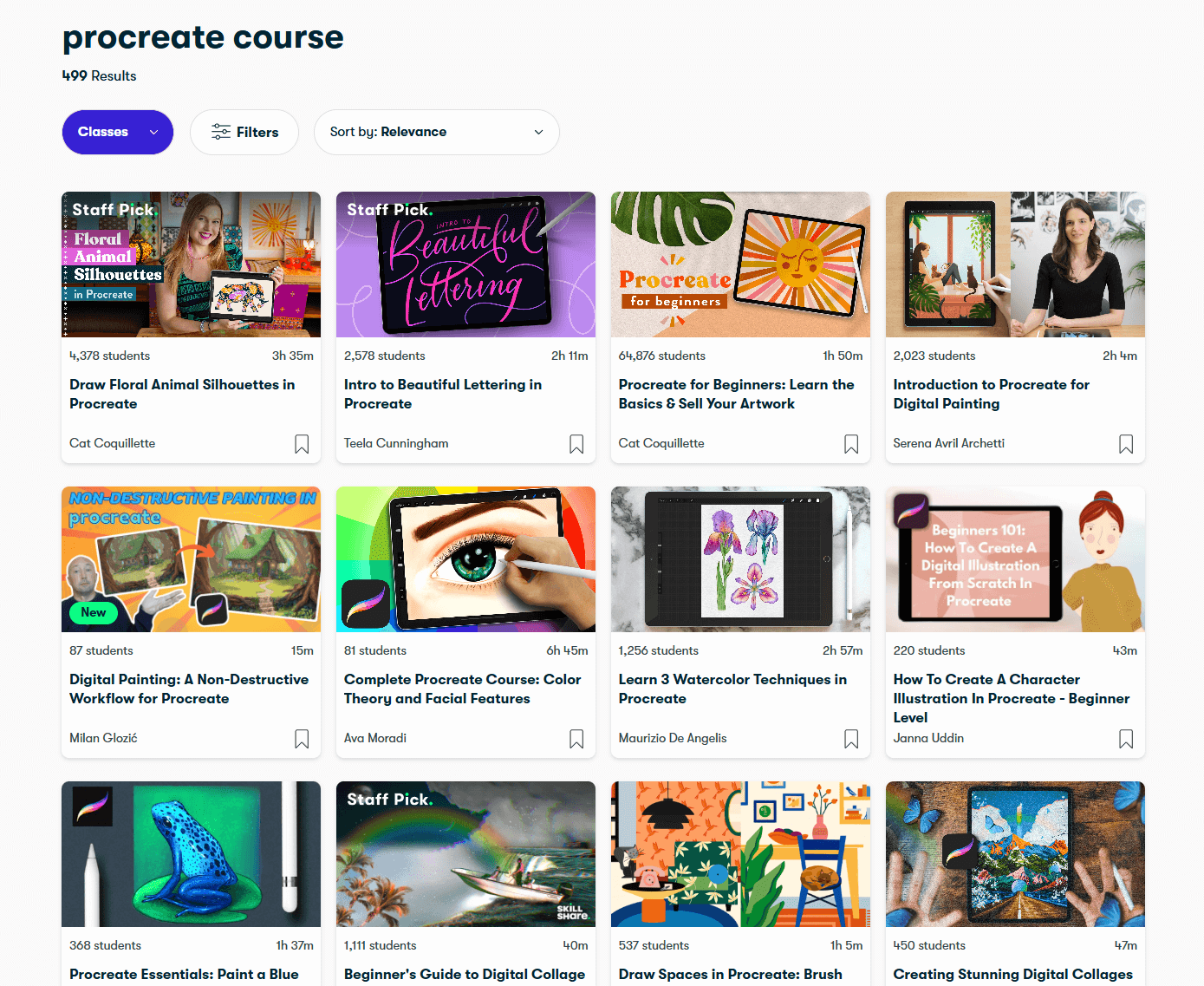
Tip: Look for courses that are part of a series or offer progressive learning paths, not just one-offs.
5. The Trial and Error Approach (Self-Taught)
💸 Price: Free (except for tools)
🕒 Convenience: Highest – entirely on your terms
📈 Time Investment: Long – often slower progress
📚 Structure: None – total freedom
🎯 Best For: Independent learners who like experimenting
Some people thrive with a blank canvas and no instruction. This is the most organic (and unpredictable) way to learn: you just start. Trial and error can lead to unique styles and deep creative growth. However, it’s easy to develop bad habits or hit frustrating roadblocks when you don’t know what’s holding you back. It can also be a lonely path. It’s harder to see your own blind spots or know what foundational skills you’re missing. You might plateau and not know why. Without a structure, it’s also easy to stall or feel discouraged when your progress feels slow.
The self-taught path can be tough and lonely- That’s why this approach works best when paired with occasional guidance like seeking out tutorials, mentors, or online communities to help fill in the gaps.
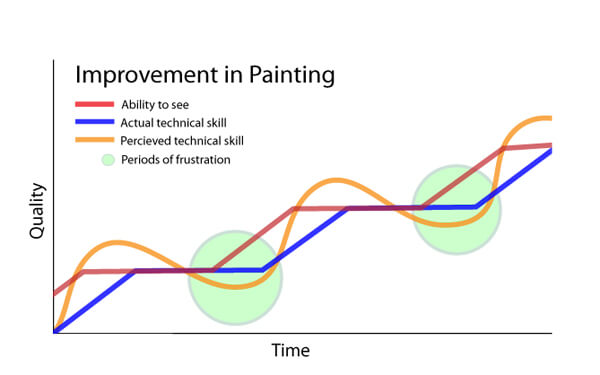
Procreate Masterclass 2025
If you’ve made it this far, you’re likely serious about learning to draw—specifically using Procreate. Maybe you’ve tried a few free tutorials, or bounced between platforms without a clear path forward. That’s exactly why I created my course: to help artists like you grow your skills with clarity, creativity, and confidence.

What You’ll Get in My Procreate Course:
- 12 modules with 123 lessons and 27 hours of in-depth, easy-to-follow video lectures
- Lifetime access to all course content : learn at your own pace, whenever you want
- Free lifetime updates : get all future lessons and resources at no extra cost
- 24 custom brushes created exclusively for this course
- 24 flower stamp brushes to speed up your floral compositions
- Procreate source files for every lecture, so you can follow along with ease
- Downloadable color palettes used throughout the course
- 4 printable coloring pages to relax, practice, or experiment with
- 💬 Access to our private Facebook group to share your art, ask questions, and connect with a supportive community
One of the biggest things I’ve learned through my own art journey is that theory only takes you so far—you need practice to truly grow. This course eases you in gently and specially designed for artists who want to enjoy the learning process without being overwhelmed by too much theory or left guessing about what to learn next. Starting with the basics and gradually building toward more advanced techniques.
Final Thoughts:
There’s no perfect path. Every creative journey looks different. At the end of the day, the best way to learn drawing is the way that works for you. The beauty of being a modern creative is that you get to choose your path. Whichever road you choose, we’ll be rooting for you- happy creating!
See courses that go much more in depth
Discover tips and tricks for Procreate enthusiasts.
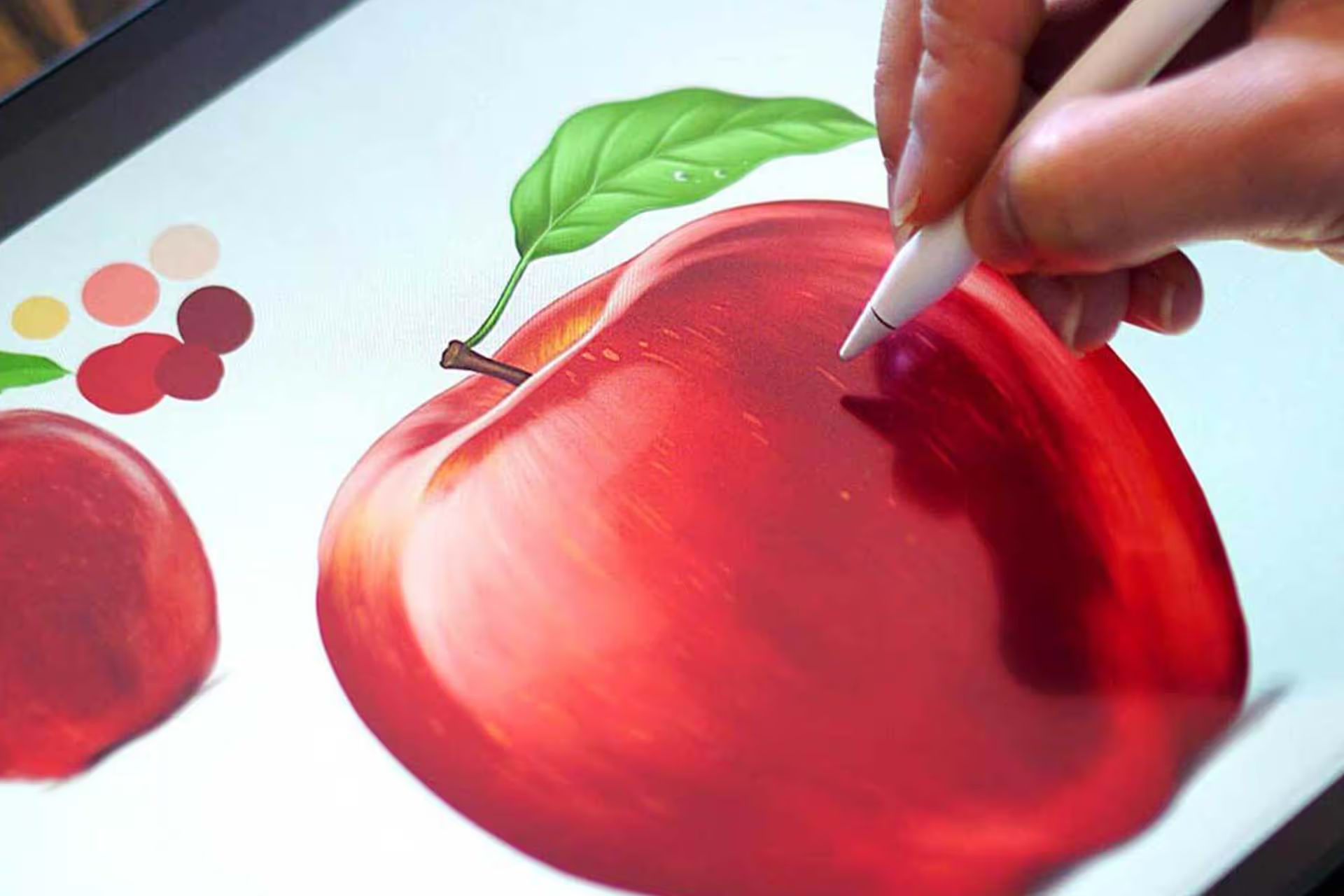
Masterclass for Procreate 2.0

Pet Portrait Purrfection


